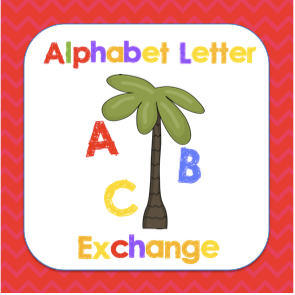Chapter 8 - Moving Writers Forward
This chapter provides examples of lessons that usually occur but not the only ones you will include:
*Making Sure the Story Makes Sense (Consistency in Clothing, Setting, Characters from Book to Book, and Physical Features)
*Writing About What's Important (can tell a whole story about something that happens in just a little bit of time; pick most exciting part to detail out; include only important parts of illustrations that really emphasize what is being said on the page)
*Time and Place (Revealing Daytime - doesn't have to be blue sky and sun; Showing Nighttime - lights on, darkened sky, etc.)
*Being Specific (Actions of Characters, Feelings, Thoughts)
*Revision (it is reseeing; not whether not it is right) (Adding page to include more parts, taking out blank pages, taking out pages that you no longer want in, moving pages to help it make sense) (Using Caret to Insert a Missing Word)
*Topics (it needs to be something that matters to them, something they know) (Use a page to jot down ideas for topics so we don't forget them) (Teach them to pay attention to ideas that come from things they tell others, books they read, and others stories)
*Proofreading (start with checking for procedural things such as name, title, and date so they can learn what proofreading is) (use a student example to practice this and talk about what to do if missing something)
*Conventions (spaces, capitalizing I, punctuation, lowercase letters, capitals at beginning)
*Beginnings, Endings, and Titles (different kinds of endings - one really important piece or information, a good feeling, a surprise)
*Making Characters Come Alive (Using Exact Words People Say, Speech Bubbles, Dialogue between Two People)
I love that the authors really use student work to show how to do things or how the students did things rather than their own work most of the time. They also mention that you need to present the same mini-lesson topic in different ways on multiple ways to help it stick!
Be sure to head over and link up at Teaching with Grace!
Next up Chapter 9!











